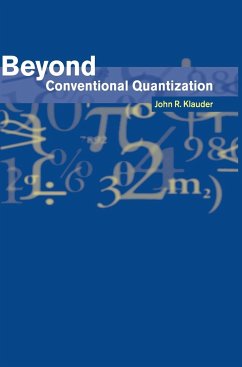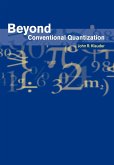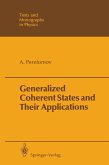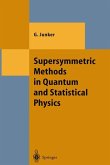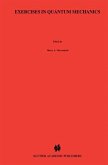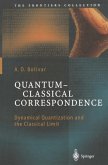This text describes novel treatments of quantum problems using enhanced quantization procedures. When treated conventionally, certain systems yield trivial and unacceptable results. This book describes enhanced procedures, generally involving extended correspondence rules for the association of a classical and a quantum theory, which, when applied to such systems, yield nontrivial and acceptable results. The text begins with a review of classical mechanics, Hilbert space, quantum mechanics, and scalar quantum field theory. Next, analytical skills are further developed, a special class of models is studied, and a discussion of continuous and discontinuous perturbations is presented. Later chapters cover two further classes of models both of which entail discontinuous perturbations. The final chapter offers a brief summary, concluding with a conjecture regarding interacting covariant scalar quantum field theories. Symmetry is repeatedly used as a tool to help develop solutions for simple and complex problems alike. Challenging exercises and detailed references are included.
Table of contents:
1. Introduction and overview; 2. Classical mechanics; 3. Hilbert space: the arena of quantum physics; 4. Quantum mechanics; 5. Scalar quantum field theory; 6. Expanding the data base; 7. Rotationally symmetric models; 8. Continuous and discontinuous perturbations; 9. Independent-value models; 10. Ultralocal models; 11. Summary and outlook.
This text describes novel treatments of quantum problems using enhanced quantization procedures, generally involving extended correspondence rules for the association of a classical and a quantum theory. Symmetry is used as a tool to help develop solutions for simple and complex problems alike. Challenging exercises and detailed references are included.
This text describes novel treatments of quantum problems using enhanced quantization procedures.
Hinweis: Dieser Artikel kann nur an eine deutsche Lieferadresse ausgeliefert werden.
Table of contents:
1. Introduction and overview; 2. Classical mechanics; 3. Hilbert space: the arena of quantum physics; 4. Quantum mechanics; 5. Scalar quantum field theory; 6. Expanding the data base; 7. Rotationally symmetric models; 8. Continuous and discontinuous perturbations; 9. Independent-value models; 10. Ultralocal models; 11. Summary and outlook.
This text describes novel treatments of quantum problems using enhanced quantization procedures, generally involving extended correspondence rules for the association of a classical and a quantum theory. Symmetry is used as a tool to help develop solutions for simple and complex problems alike. Challenging exercises and detailed references are included.
This text describes novel treatments of quantum problems using enhanced quantization procedures.
Hinweis: Dieser Artikel kann nur an eine deutsche Lieferadresse ausgeliefert werden.
